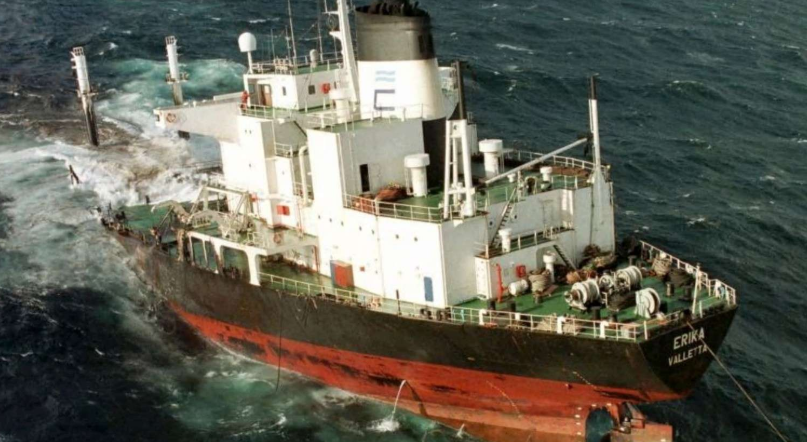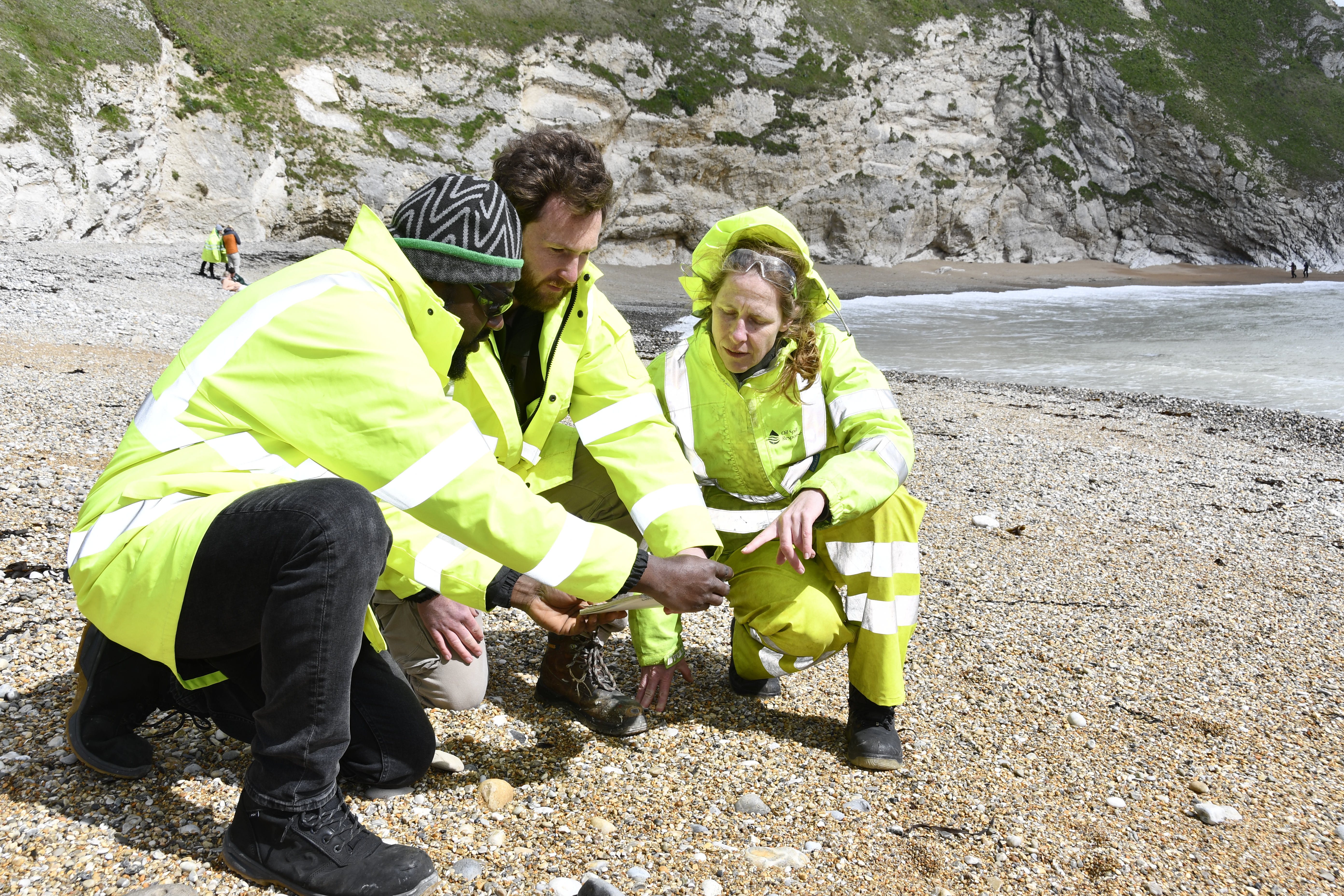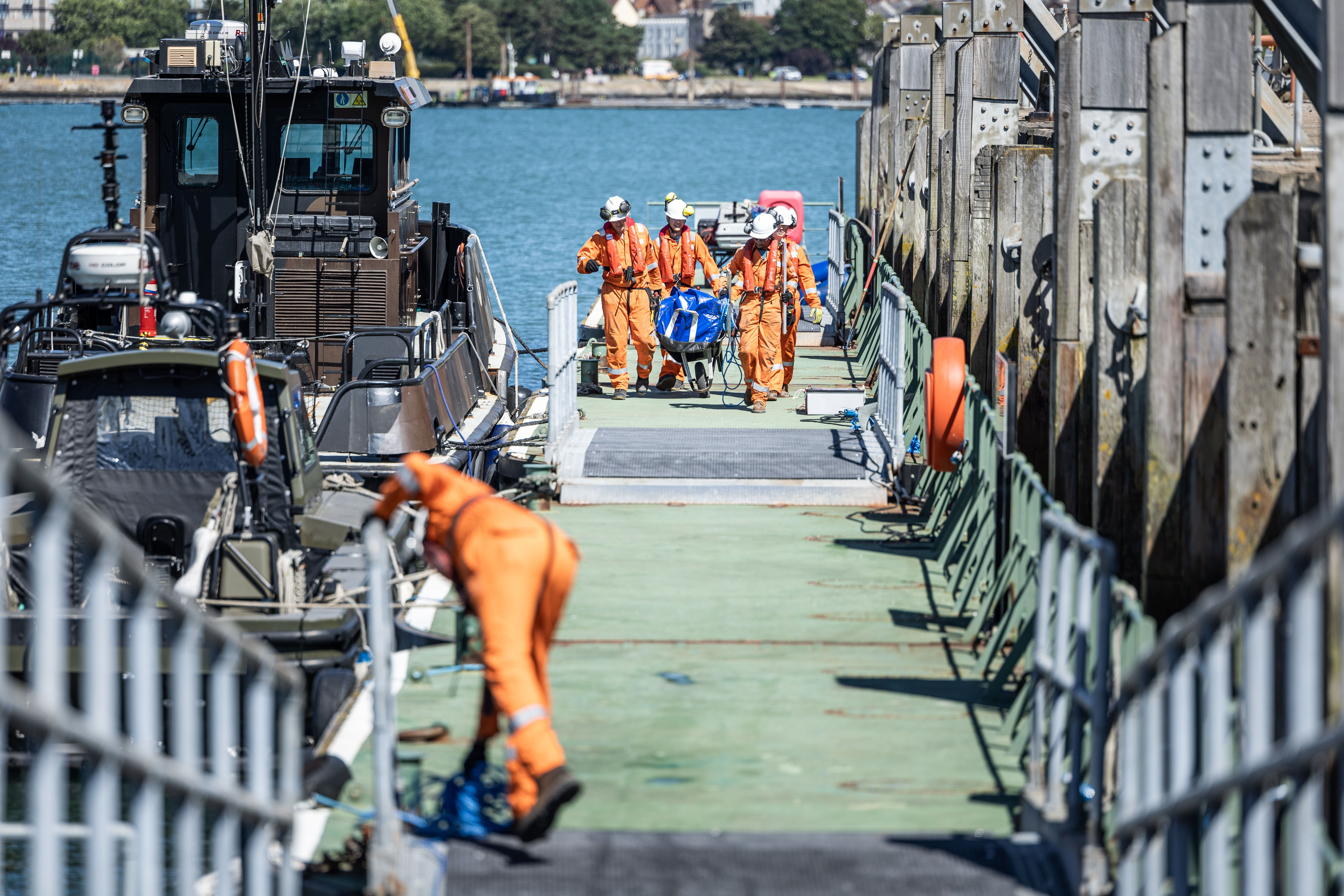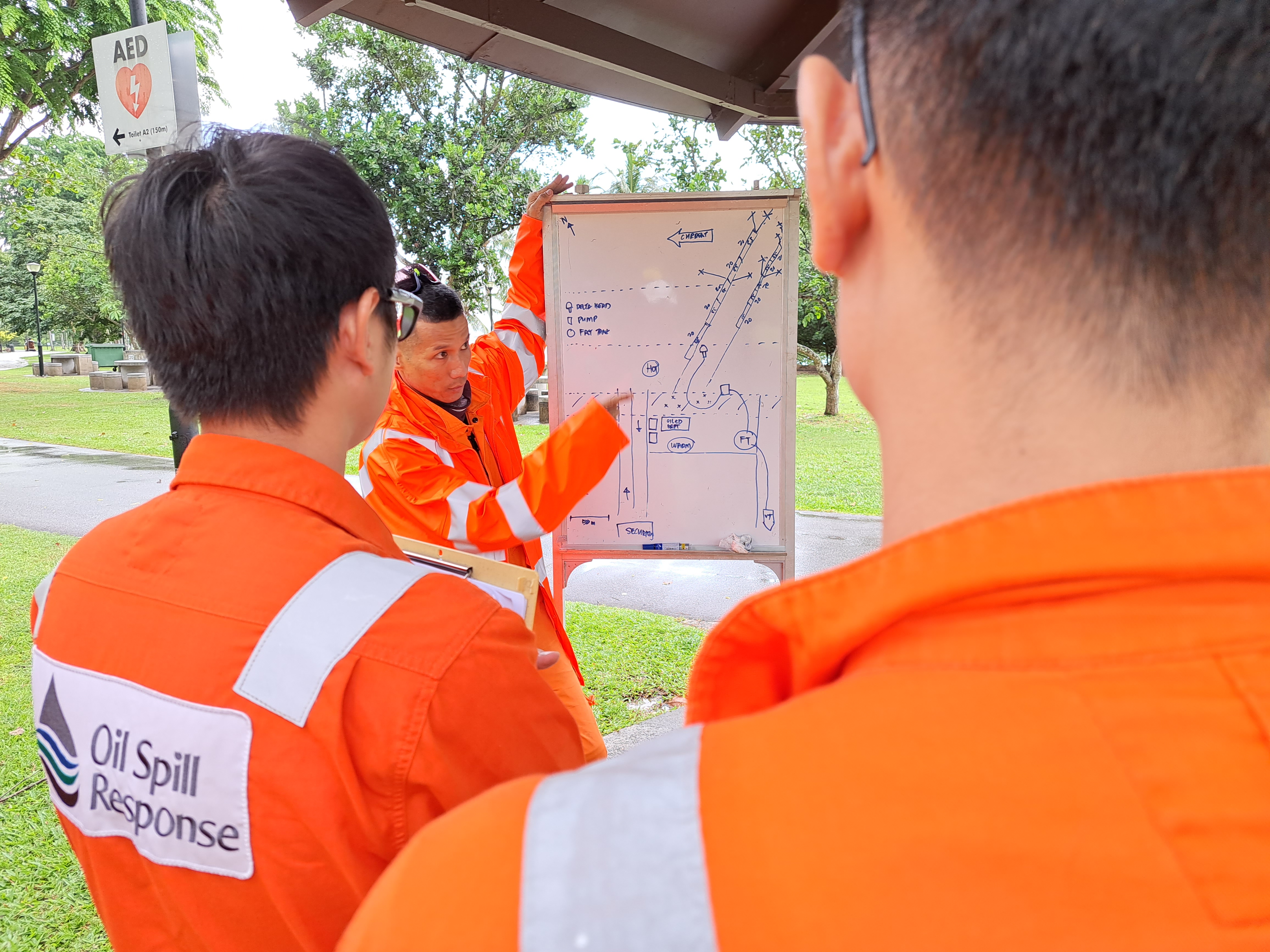Lessons Learned – The Tombstone Imperative
The reality of implementing change learnt through valuable and often painful lessons has not been as simple as first thought. Complex analysis and investigation can result in multiple recommendations. As the next energy revolution dawns, it brings new challenges and risks for producers, transporters and consumers. Will the learning processes remain valid and fit for purpose in the brave new world?
Accidents are Inevitable
A fatalist approach to accidents dominated much of the 20th Century. Technological advances enabled people to go higher, faster, further and bigger than ever before. But with it came an elevated risk of personal injury or environmental damage which society accepted, as illustrated by its attitude towards the wearing of seat belts, drink driving or chronic air pollution (smog) which we do not tolerate today.
So why the change? Public and governmental attitudes to personal safety and environmental protection have improved, partly driven by greater awareness and education. Better knowledge and understanding have, sadly, often come at the cost of loss of life or detriment to environmental habitats following accidents and disasters.
The reality of implementing change learnt through valuable and often painful lessons has not been as simple as first thought. Complex analysis and investigation can result in multiple recommendations. These could be voluntary or regulatory changes affecting design, construction or performance criteria, which in some instances industry may be unwilling to accept due to the financial implications or perceived unlikelihood of repeat circumstances.
Even once implemented, fading corporate memory or spending cuts could renege on once critical recommendations. As the next energy revolution dawns, it brings new challenges and risks for producers, transporters and consumers. Will the learning processes remain valid and fit for purpose in the brave new world?
A Word to the Wise
Many recognise the aviation industry as leading the field when it comes to transport safety. Accident investigation bodies (e.g., Air Accident Investigation Branch (AAIB) in the UK and National Transportation Safety Board (NTSB) in the United States), prioritise accident prevention without apportioning blame or liability.
Identifying cause(s) is essential but the biggest safety improvements may be indirect. For example, recommending the use of smoke hoods if removing the risk of fire is considered impractical. Investigators suggest ways to improve air travel safety to regulatory bodies like the Civil Aviation Authority (CAA) in the UK and Federal Aviation Authority (FAA) in the United States. Their responsibilities have conflicted in the past. On the one hand, making air travel safer, and on the other, supporting the business of civil aviation by keeping it affordable to the masses. Some safety recommendations may represent significant additional costs and prove counterintuitive to an industry where margins are already tight.
Given the potential for loss of life and the prominence of human error in air crashes, whether by the flight crew, air traffic controller, maintenance engineer or regulator, it is surprising that not all recommendations are automatically accepted, even if it should mean safer travel.
One example was the introduction of flight data and cockpit voice recorders, which have been crucial to crash investigations since the late 1960s. Initial resistance to their installation was due to the cost to the airline industry and flight crew objections regarding them as spies on the flight deck. The authorities only mandated the installation of flight data and cockpit voice recorders after further accidents and considerable loss of life. They have since become a vital piece of safety equipment and undoubtedly saved thousands of lives.
Ironically, the most significant advances in aviation safety have been by-products of changes introduced for completely unrelated reasons. The 1950s saw jet-powered airliners enter service, primarily to reduce travel time and improve economy. As they gradually replaced less reliable piston engines, air safety also increased. The introduction of jet-powered airliners improved air safety more than any other single change to aircraft design and construction.
Fire had been another major risk due to the flammability of the gasoline used to power the piston engines. Incidence of fire decreased with increased jet engine use as the fuel used was less flammable than that required by piston engines. JP4, the fuel that replaced gasoline, was still quite flammable and dangerous in a crash. The transition to even less explosive but more expensive Jet A1, a type of Kerosene, only occurred as individual airlines experienced operational fires or as the price came down because of large scale military use due to its superior safety characteristics in combat aircraft.
Worse Things Happen at Sea
The marine industry has generally followed aviation’s lead. Like the aviation industry, the marine industry governs accident investigation and regulatory control of vessel design, operation, maintenance, and crew training separately. Thankfully the general trend for oil spills over the past forty years has been one of gradual decline, attributable in part to advances in technology, design, and training. The lessons that have made this improvement possible haven’t always been straightforward.
The benefits of double-hulled oil tankers became apparent in the 1990s, despite counterarguments of increased complexity for salvage, surveying, and susceptibility to corrosion. The problem for owners and operators was funding such a major change (additional construction costs, new classification rules) without putting themselves at a financial disadvantage.
The catalyst was the Erika spill off the French coast in December 1999. The industry immediately recognised the need for change and implemented a gradual phasing out of single-hulled tankers in Europe. The intention of the lengthy timeline was to avoid a rush on the market and higher rates for the new tonnage. Unfortunately, less than 36 months later, the Prestige broke up and sank off Spain’s northern coast in almost identical circumstances. The disaster accelerated the phasing out of single hull tankers (and the unintended consequence of forcing a glut of sub-standard single hulls to trade in less stringent global markets) and fundamental changes to international compensation schemes.
There is however no guarantee of longevity for accepted and implemented recommendations. Following the Braer (1993) and Sea Empress (1996) spills, the UK Government ordered official reviews or inquiries that Lord Donaldson undertook in both cases.
His many recommendations included four emergency towing vessels (ETVs) permanently stationed at strategic shipping locations around the UK coast. As part of spending cuts in 2011, this number was reduced to one vessel, located in the north of Scotland, where commercial towing vessels aren’t as readily available.
Following a collision between the general cargo ship Saga Sky and rock carrying barge Stema Barge II in the English Channel in 2016, the MAIB recommended the Maritime and Coastguard Agency (MCA) review the full range of emergency response assets available in the Dover Strait. This review included reassessing the need for a dedicated emergency towing capability.

Back to the Future
We will need multiple renewable and alternative energy sources to achieve net-zero. The new technologies and infrastructure required will undoubtedly introduce unfamiliar hazards and unknown risks to challenge engineers and emergency planners.
Media and public attention will undoubtedly focus on any major incidents, should they occur, especially where personal injury, fatalities or significant environmental damage result. The role of prevention will almost certainly fall to accident investigators and their recommendations to drive the cycle of continual improvement. Ensuring we learn the lessons and disseminate the findings will be paramount, however, the real value may lie elsewhere.
Experience has taught us that for every serious accident occurring, there will be multiple minor accidents and near misses. The challenge moving forward will be garnering the learnings from those near misses, where there is no injury or property damage and therefore no investigation. We can't afford to miss these crucial learning opportunities as they can potentially save many lives. But to do so requires open and transparent reporting. Many industries operate anonymous voluntary reporting systems, which, although commendable, sometimes fall foul of organisational concern about self-incrimination. Fear of the unknown and the desire to better understand and control the hazards and risks will drive innovation. However, this shouldn’t be exclusive or at the expense of what has gone before. Most air safety specialists subscribe to the maxim that:
Those who cannot learn from history are condemned to repeat it.
Regardless of industry, there are all too familiar, generic causes attributed to multiple accidents and incidents which no one should ignore in tomorrow’s bright new world. Recommendations to address lack of training, cost-cutting and deviation from standard operating procedures due to delays or operational pressures are commonplace and designed to overcome the human factor in accident causation.
Ultimately legislation will be the most effective method of enforcement but, on the international stage, this is notoriously slow so as not to disadvantage less-developed nations. Effective communication and dissemination of lessons learned will remain a challenge, particularly at industry, national and global levels. Corporate attitudes have improved, but we will have more open, collaborative, and transparent behaviours to learn the lessons and manage the risks the net-zero future will undoubtedly bring.







